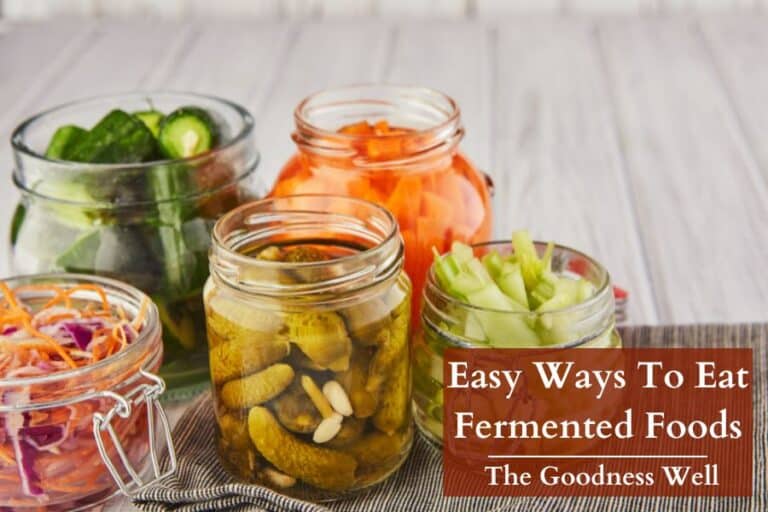Meat Labels Explained: The Ultimate Guide to Grass-Fed, Pasture-Raised, and Beyond

So you set out on your new year’s journey to start eating healthier only to become confused once you get to the store to buy your food.
Pasture raised vs grass fed? Free range vs cage free? Organic vs natural? What does it all even mean!? We feel your pain.
In this article, we are going to discuss pasture raised, grass-fed as well as all those other labels you might see on your products.
We will simplify all of this information as much as possible and also show you exactly what we recommend (with pictures).
Pasture Raised vs Grass Fed
What is Pasture Raised?
Pasture-raised refers to where an animal eats- in a pasture.
This indicates animals were raised with access to the outdoors where they can eat foods available in a natural environment such as grass, plants, and insects (standards set by the USDA).
While these animals are free to roam in pastures and eat organic grass (not treated with synthetic pesticides or fertilizers), it does not give certainty as to how much supplemental grain they were fed (which helps them grow faster but isn’t great for the animal’s health).
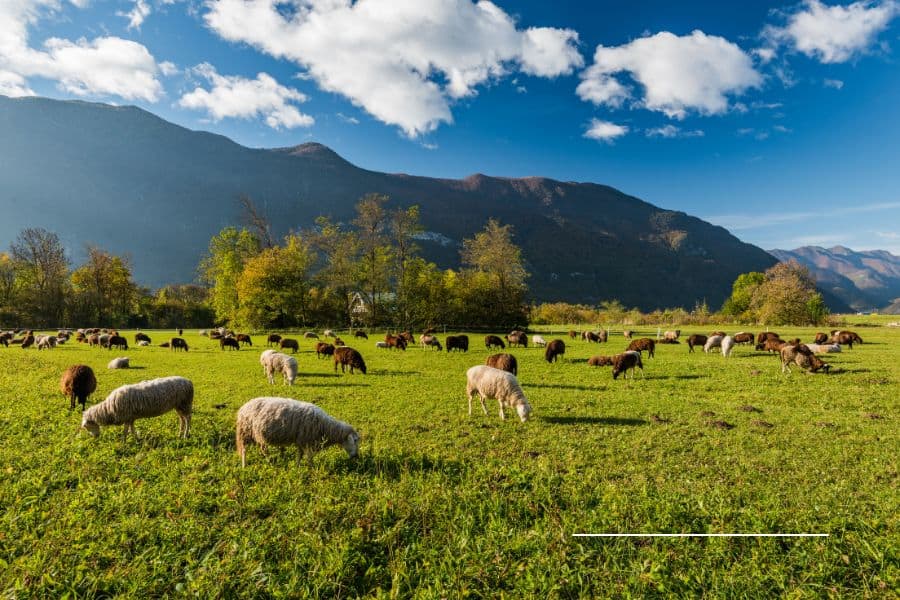
You can check out this article on how high-grain-fed cattle and their low-fiber diets may promote illness and harmful bacteria that can spread to consumers.
Is Pasture Raised Healthy?
This depends. Pasture-raised animals are usually healthy animals but to be sure, look for the pasture-raised label along with a USDA Organic label (more on organic labeling below).
What is Grass-fed?
This term is reserved for animals such as cattle (beef and cows milk), lamb, and goat. You will not find grass-fed chicken or pigs (pork) as these animals need more than grass to survive.
Grass-fed refers to what an animal eats.
This indicates the animal was fed a diet of natural grass and other forage such as plants, insects, and bugs for its lifetime, except milk consumed before weaning.
The use of the term grass-fed also requires the producer to show proof that the animals were not fed grain or grain by-products and had continuous access to a pasture.
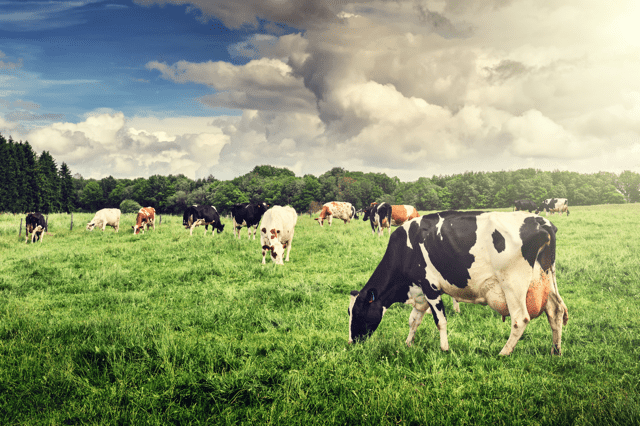
While the USDA does require documentation for producers to use this term, it is not strictly regulated.
This term does provide more assurance of a healthy animal compared to pasture-raised as it indicates the animal was not fed grain or grain by-products (a diet supplemented with soy, corn, and other additives- not healthy).
However, it does guarantee the animal was not treated with growth hormones or antibiotics (unless it says so on the packaging).
Is Grass-Fed Healthy?
If the packaging has an official USDA organic label and/or states the animal was grass-fed, pasture-raised, and free from antibiotics or hormones, then yes it is healthy.
A grass-fed animal has been proven to have much more health benefits than traditionally raised, grain-fed animals.
For example, not only do grass-fed cows have lower levels of saturated fat, they have higher levels of omega-3 and conjugated linoleic acids (CLA).
Pasture Raised vs Grass fed, which is better?
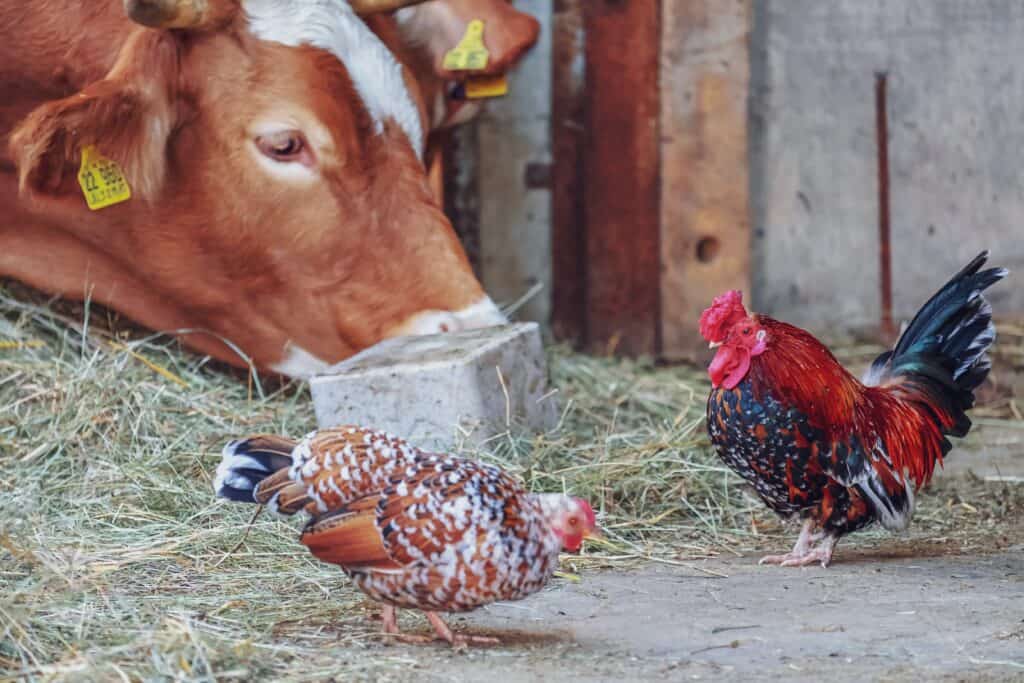
Unfortunately, the answer is not straightforward since the terms are not strictly regulated. However, if the label says 100% grass-fed, that is usually a quality product.
We suggest also getting familiar with the terms below and then checking out the end of the article to see examples of products we recommend.
Other Commonly Used Labels and Terms
Not Treated With rBGH/rBST
A term reserved for cows’ milk
This indicates that the animals have not been treated with the recombinant bovine growth hormone (rBGH), also known as recombinant bovine somatotropin (rBST).
This artificial hormone is FDA-approved but banned by the European Union due to inconclusive evidence if it poses a health risk to humans or not.
It is used by producers to increase milk production by 10-15 percent but has concerns that it may boost insulin-like growth factor in humans and cause more infections in animals.
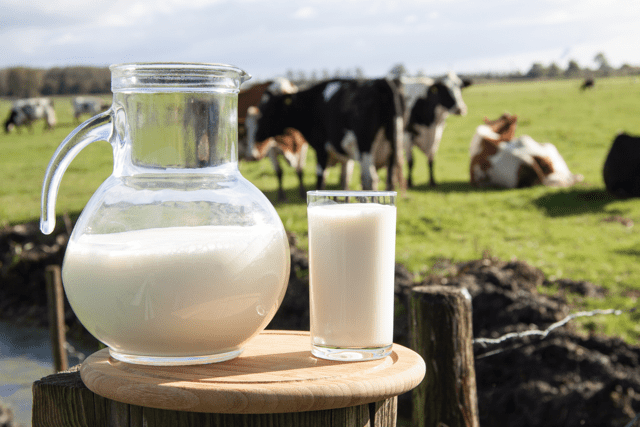
While it is still unclear whether these health risks are harmful to humans, the American Cancer Society states, “The available evidence shows that the use of rBGH can cause adverse health effects in cows. The evidence for potential harm to humans is inconclusive”.
Look for this label when buying cows’ milk.
Antibiotic-Free
This is an important term to look for as the inappropriate use of antibiotics on animals can be dangerous for a consumer. It could produce antibiotic-resistant bacteria that can make someone very sick.
A USDA organic label assures no antibiotics were used.
Naturally raised
Naturally raised is a useless term that gives no information about the quality of the animal, ex. How it was raised, what it ate, etc.
As a general rule, don’t trust the “natural” label on any food you buy.
This word is often misused and misconstrued.

It can indicate minimal processing and no artificial colors, but it does not guarantee quality.
Food can be natural but not good for your health. Just walk around your grocery store and notice how some chip bags and desserts might have the “natural” label.
It should tell you this label doesn’t mean much for your health.
Vegetarian Fed
This signifies that the animal was fed with a vegetarian feed, not any meat byproducts (common in industrial practice).
Chickens, turkeys, and other omnivores are still allowed to forage naturally for bugs and insects, as this is an important protein source for these animals.
Free Range
You might only see this term on chicken products but it can also be used on any meat products.
The USDA guidelines state that free-range animals must have continuous access to the outdoors (but not necessarily a pasture where there is more room) for over 51% of the animal lives. This allows them to eat wild plants and insects in addition to the feed they are provided. The free-range term usually indicates less room to roam compared to a pasture-raised animal.
Cage-free
A term reserved by the USDA only for poultry that is used for their meat and eggs.
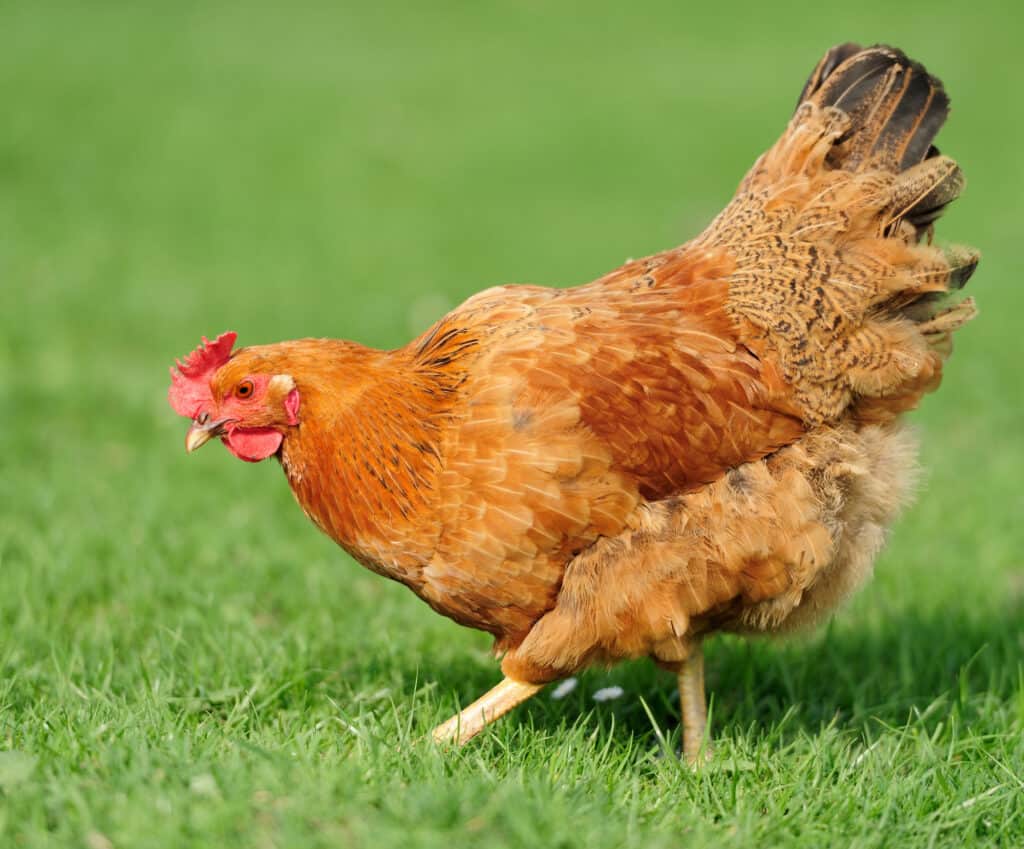
The animals are allowed to roam in an open area or room, typically a poultry house or barn with unlimited access to food and water.
This could also mean that they did not have continuous access to a pasture or the outdoors where they could live in a natural environment.
This term does not give assurance that the hen had a diversified diet with the ability to forage.
Organic
To use this term, it requires that animals are raised in living conditions that accommodate their natural behaviors (free to roam in their homes and have access to the outdoors), fed organic feed, and not administered antibiotics or hormones.
Organic is a loosely used term in the health world but when it comes to meat, poultry, eggs, or milk, look for the certified “USDA Organic” label.

This is the gold standard label that ensures a healthy product for you and your family.
If any product has an organic label, it means no more than 5 percent of the combined total ingredients contain non-organic content. Also, any of the non-organic ingredients used must be on the National List of Allowed and Prohibited Substances
The USDA organic label certifies the animal:
- Was allowed to roam in a natural environment (pasture-raised)
- Allowed to eat a natural diet (grass, plants, insects, bugs)
- Not fed with genetically engineered grains
- Is antibiotic-free
- Not treated with rBGH/rBST
You can be sure it is a healthy product if it has this labeling as producers must follow strict USDA guidelines and go through a certification process.
Regulations of These Terms
While the USDA requires documentation and guidelines to use a lot of these terms, there are no regular on-site inspections to verify most of these claims.
Therefore, we suggest doing your research and buying from reputable brands.
Otherwise, buy products with the specific labeling we mention in this next section.
I would not suggest gathering information on sites that sell any form of these animal products. Many of these sites have conflicting information (compared to USDA guidelines) and play down certain questionable health practices regarding these animals.
Additional Labels to Trust
Purchasing animal products with the following labels can provide additional assurance about their health and welfare:
- American Grassfed Association
- Animal Welfare Approved
- Certified Humane
- Food Alliance Certified-Grassfed
- Global Animal Partnership
Their product standards can be found on their websites
How to Choose the Healthiest Animal Products

The USDA organic label is the most regulated, which is why we recommend all products you buy at least have this label.
Here are some examples below.
Meat (beef, goat, lamb)
USDA Organic label with a 100% grass-fed label.
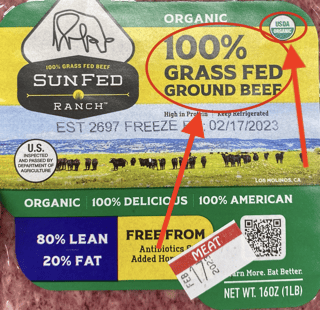
Chicken
A USDA organic labeled chicken. Having a pasture-raised label is a bonus but these labels aren’t often found together on poultry meat products.
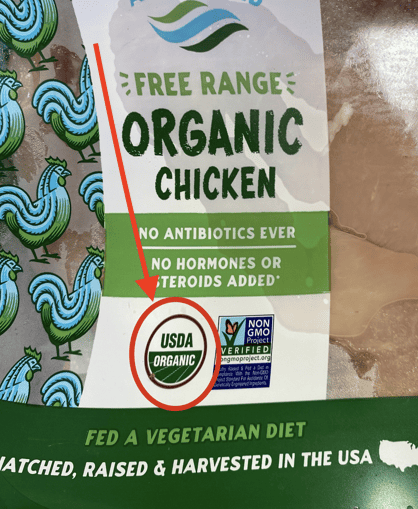
Milk
USDA Organic label with a 100% grass-fed label. Grab 2% for a lower calorie milk.
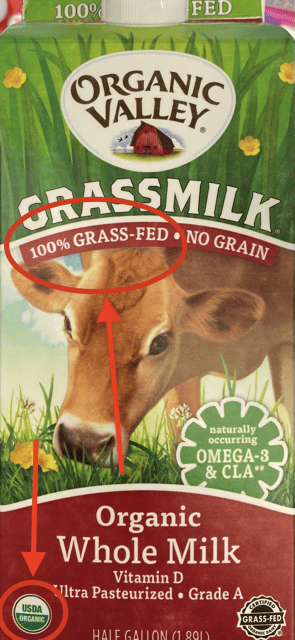
Eggs
Organic USDA label. Having a pasture-raised label as well is a bonus.

So no more confusion when it comes to pasture raised vs grass fed and all those other terms. You should now be prepared the next time you knock out your grocery list!
FAQ
Pasture-raised does not always mean organic. Pasture-raised only indicates where the animal was raised. This terms only assurance is that the animal was raised with access to a pasture where they can eat in a natural environment.
Pasture-raised indicates the animal had access to a pasture where it could feed on natural grass. However, grass-fed indicates the animal did not receive supplemental grain products. A pasture-raised label does not give assurance that the animal only ate grass.
No. Pasture-raised indicates the animal has regular access to a pasture with living vegetation it can feed on. Free-Range is a more limited term- only indicating the animal had some type of outdoor access which can vary among different producers.
A USDA organic label is a better product to buy rather than a product that is grass-fed and not organic. This label gives guarantees your product is free from hormones and antibiotics as grass-fed labeling does not.
Yes. Free-range is everything cage-free is but assures animals had outdoor access for over 51% of their lives.



